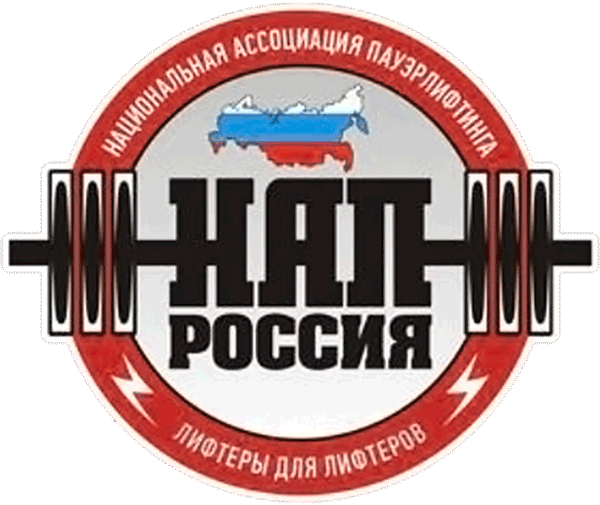
I have 11 training weeks until my first and very important powerlifting championship of the (new) year (the 2013 NAPR International Open).
If there is something I have learned from a lot of reading about periodization and training strategy, plus much observation, is that the controversy will probably go on for a while. I might sound a bit pessimistic, but the truth is that an analysis of the scientific production in this particular thematic field shows that there is no methodological approach capable of taking the controversy to another level. We are still at the same place we’ve been for decades, in which opposing training strategies produce statistically equal results concerning performance success.
The second thing I learned is that each competitive training cycle is different, for a given athlete. This condition might be of textbook obviousness for sports such as Strongman, in which each training cycle is guided by the specific event composition of the next competition, that, potentially, has infinite variety given the possible combination of events. However, even for a highly codified and unvaried sport such as powerlifting, each competitive training cycle is different.
The third thing I learned, already pointed out by a few authors, is that the program must allow for a high level of flexibility when dealing with elite athletes.
The cautious approach that results from these items doesn’t mean we won’t periodize. Actually it means the opposite: we must always periodize and go back to the drawing board for each new cycle.
For this cycle, for this athlete whom you read right now – me – the cycle must start with re-adaptation to the lifts and conditioning. The respiratory infection I got following the World Championship resulted in almost a month with no training. So, how should I respond to the need to get the athlete (oh my, I’m speaking of myself in the second person) ready by March 1st?
I decided to go for (very) high volume training for the first 2 weeks. Only after that will the undulatory intensity blocks succeed one another until the meet.
The rationale for high volume training is creating stimuli that will produce important physiological responses for the future higher intensity demands of the cycle. It does not produce optimal strength gains, which is not a problem. This is not the time to focus on strength gains. But the joke in the title for the video bellow (“I love my mitochondria”) reflects this perspective. The higher the volume, the more oxidative the stimulus. Hypothetically (or hopefully), this will result in improvements in recovery ability, energy efficiency and fiber recruitment efficiency.
Does this actually happen? I don’t know. As far as I know, no one can say that for sure. It hasn’t been tested.
From previous experience, I believe it is interesting for this specific athlete (me), under this specific circumstance (coming from a detraining-like period).
